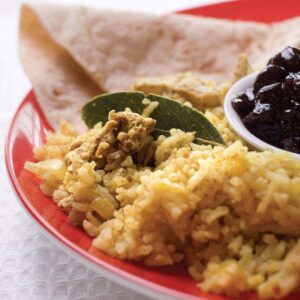
If you’re looking forward to fresh supplies from the garden for those summer barbecues ahead, now’s the time to get started on germinating.
While some of the hardier vegetables can be planted outdoors, others need warmer soils and temperatures to thrive. Use this ‘barbecue’ planting schedule to get started.
Salads
- Prepare your vegetable bed with compost or manure and rake to a level surface.
- Cut 10cm-deep V-shaped trenches and back-fill with fine, seed-raising mix.
- Scatter a mix of rocket, cos, buttercrunch, endive and lamb’s ear seeds over the top. Rub the seeds into the soil surface and keep moist.
- Once salad plants are a few centimetres tall, thin them out and eat the plucked ones. Repeat this process every month – two trenches will provide you with salad for most of the year.
Salads are quite hardy but don’t like frost so be prepared to cover the area with netting or polythene during cold snaps. Scatter some dill and coriander seeds in the salad garden – these aromatic plants add zest to salads and deter bugs.
Root veges
If you plant early varieties of spuds now (such as Jersey Bennes, Cliff Kidney, Liseta and, Maris Anchor) they should be ready for Christmas.
- Buy a bag of early variety seed potatoes. Leave in a light, dry place.
- When green sprouts appear cut potatoes in chunks – one sprout per chunk – and leave these in the same place for a couple more days so cut surfaces can dry and harden.
- Plant these into your vegetable patch, 45cm apart, sprout pointing upwards. As they grow keep piling earth or straw round the plant so only the top 30cm of plant is showing.
- Harvest when the plant yellows and wilts. Beetroot and carrot seeds can also be planted in trenches filled with seed-raising mix and thinned out once established.
Other summer veges
Courgettes, cucumbers, chillies, capsicums and eggplants need an early start to give a good yield but these vegetables are very sensitive to cold.
- Grow from seed indoors in 30cm-wide pots filled with seed- raising mix and compost. They will grow quite happily indoors for six to eight weeks before being planted out (40cm apart) once the risk of frosts have passed.
www.healthyfood.com










